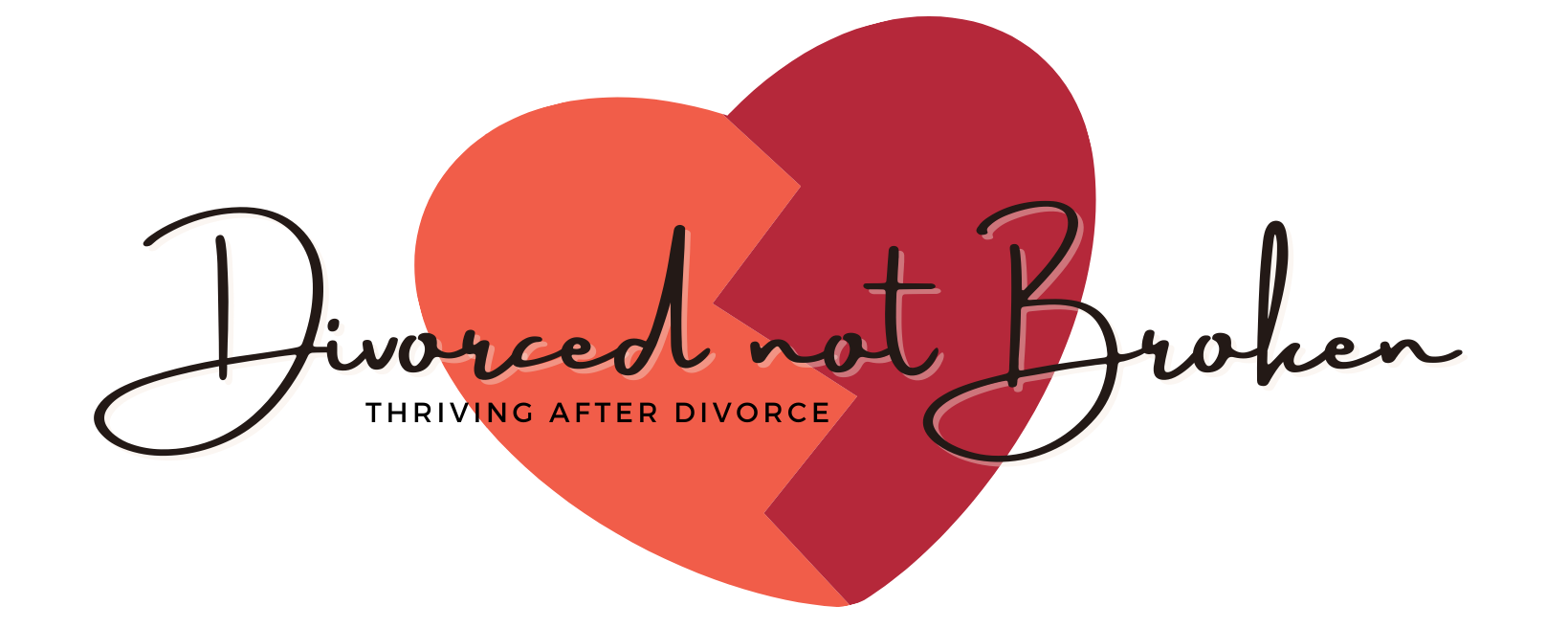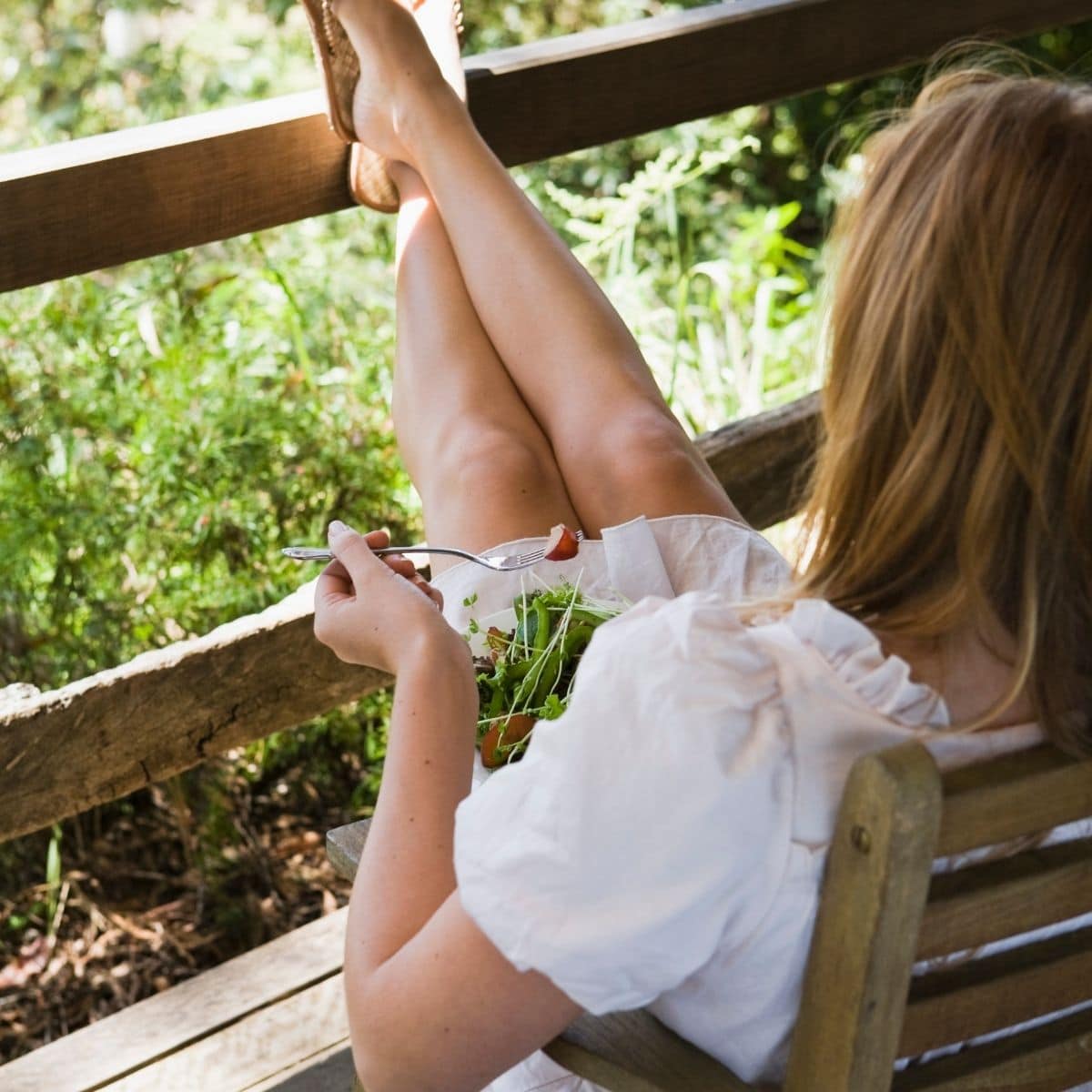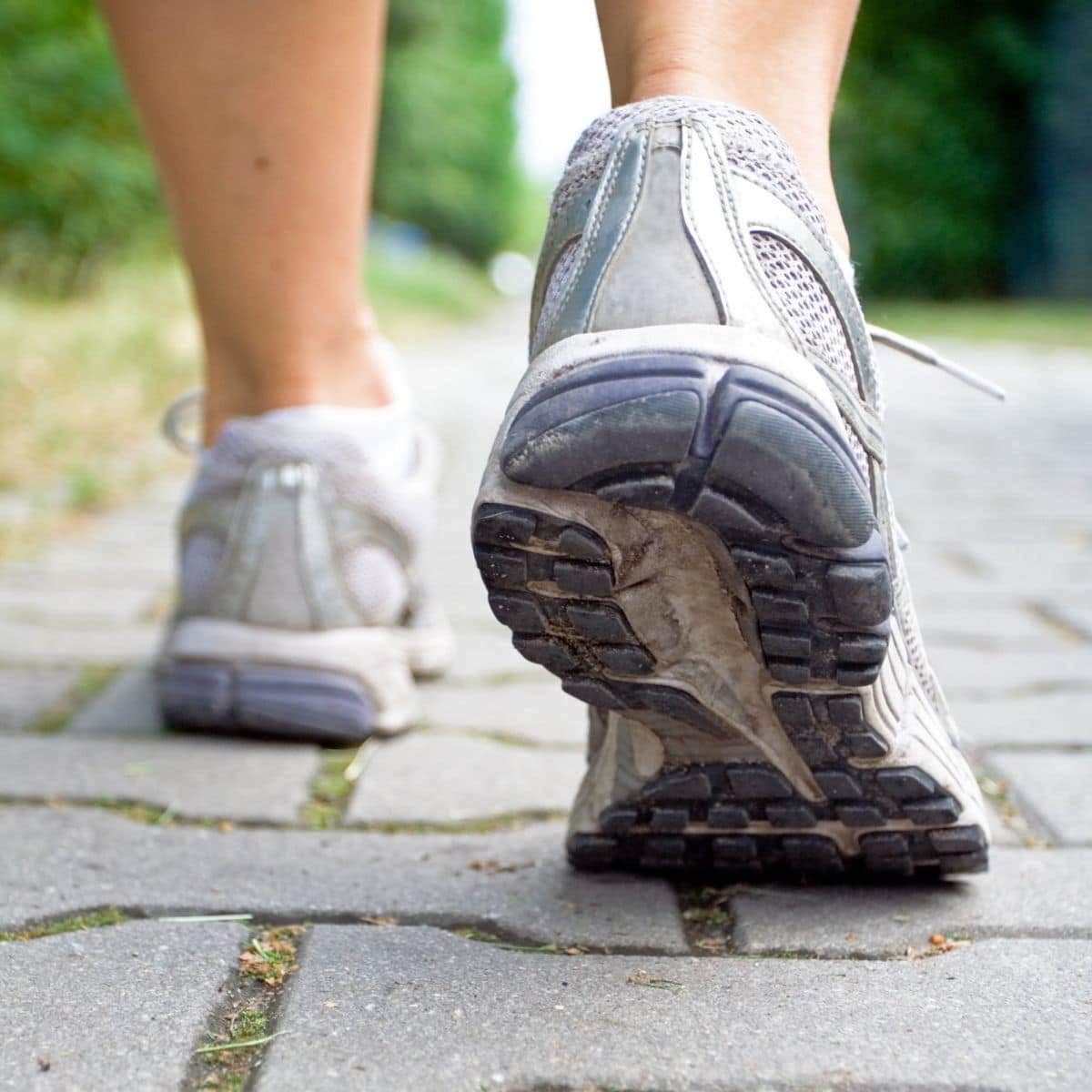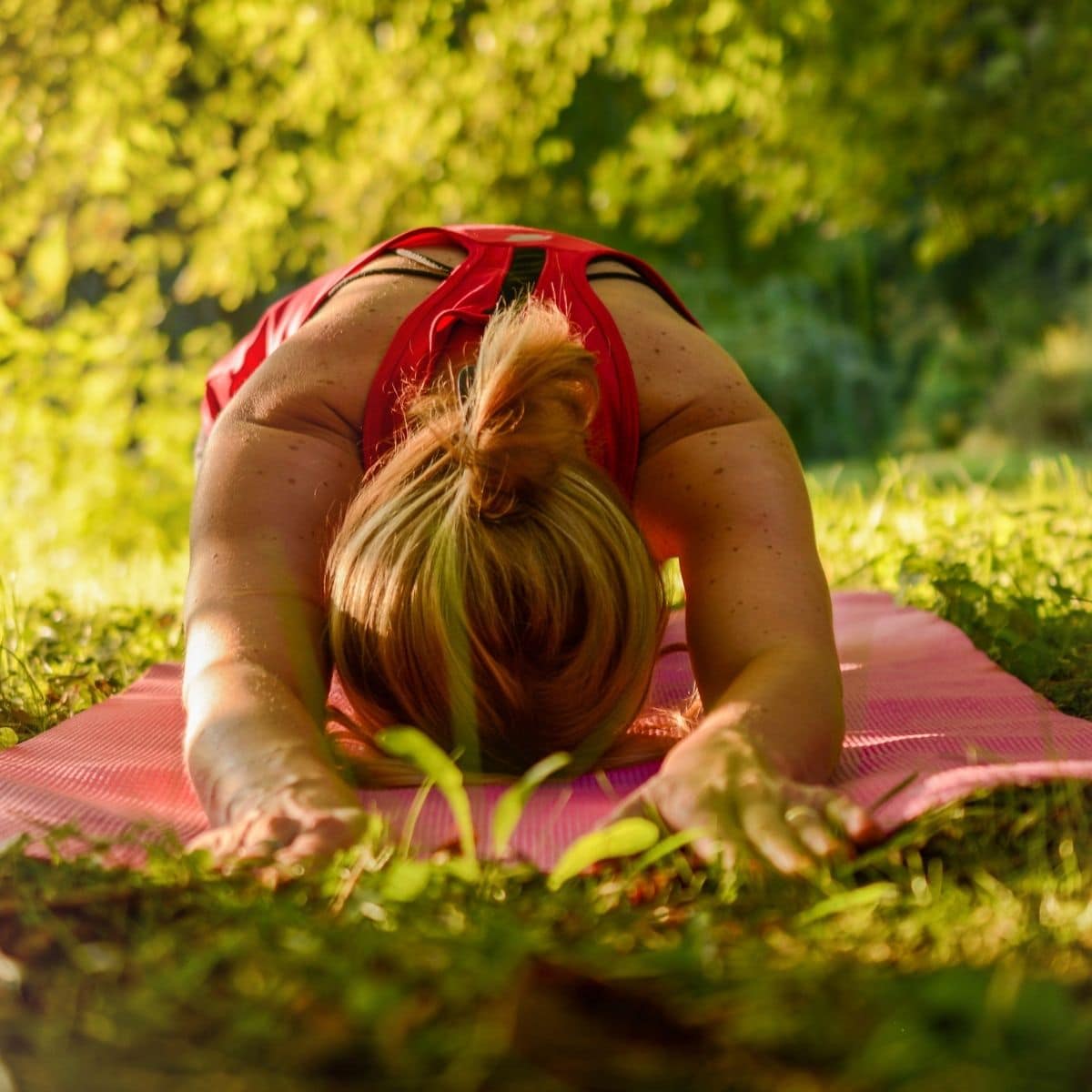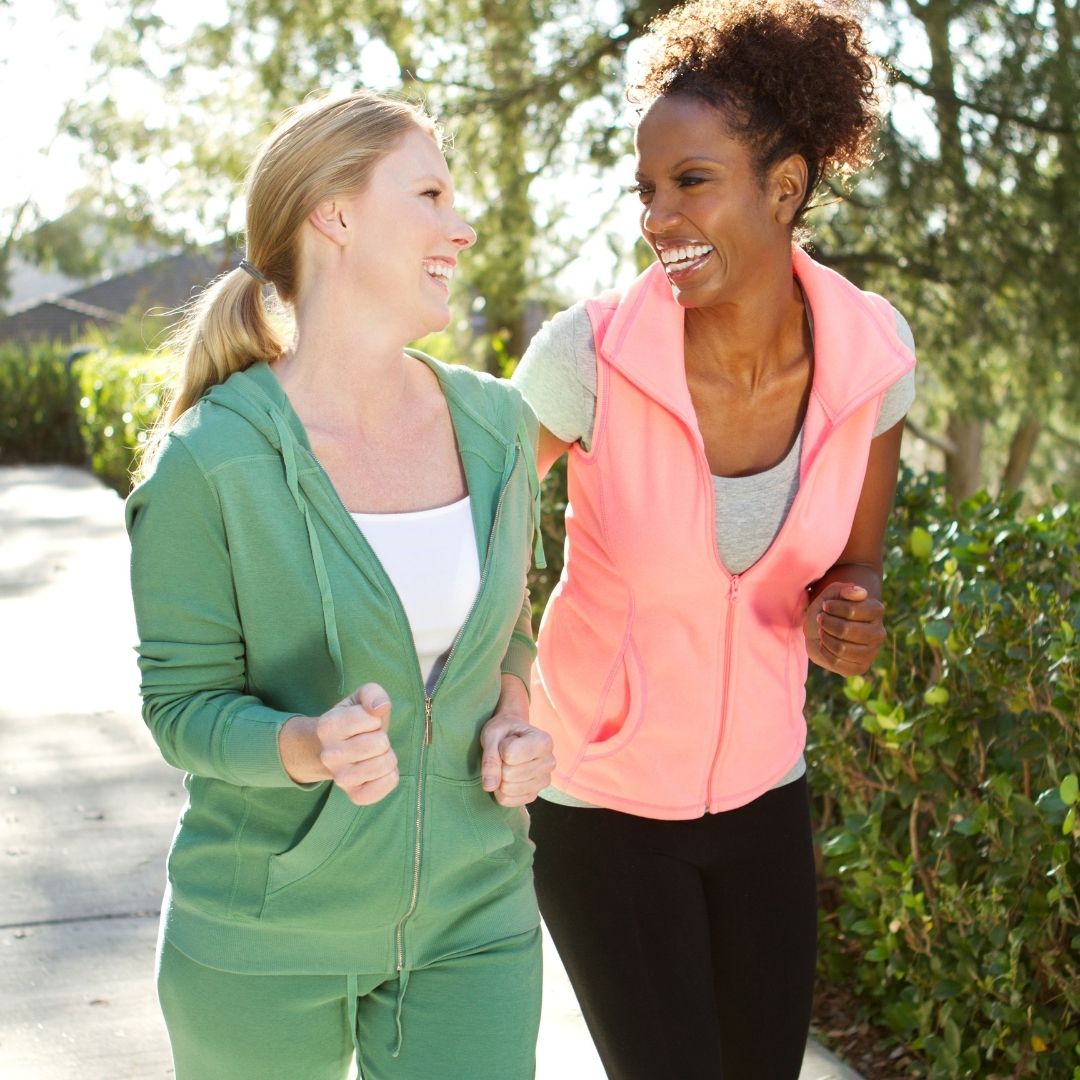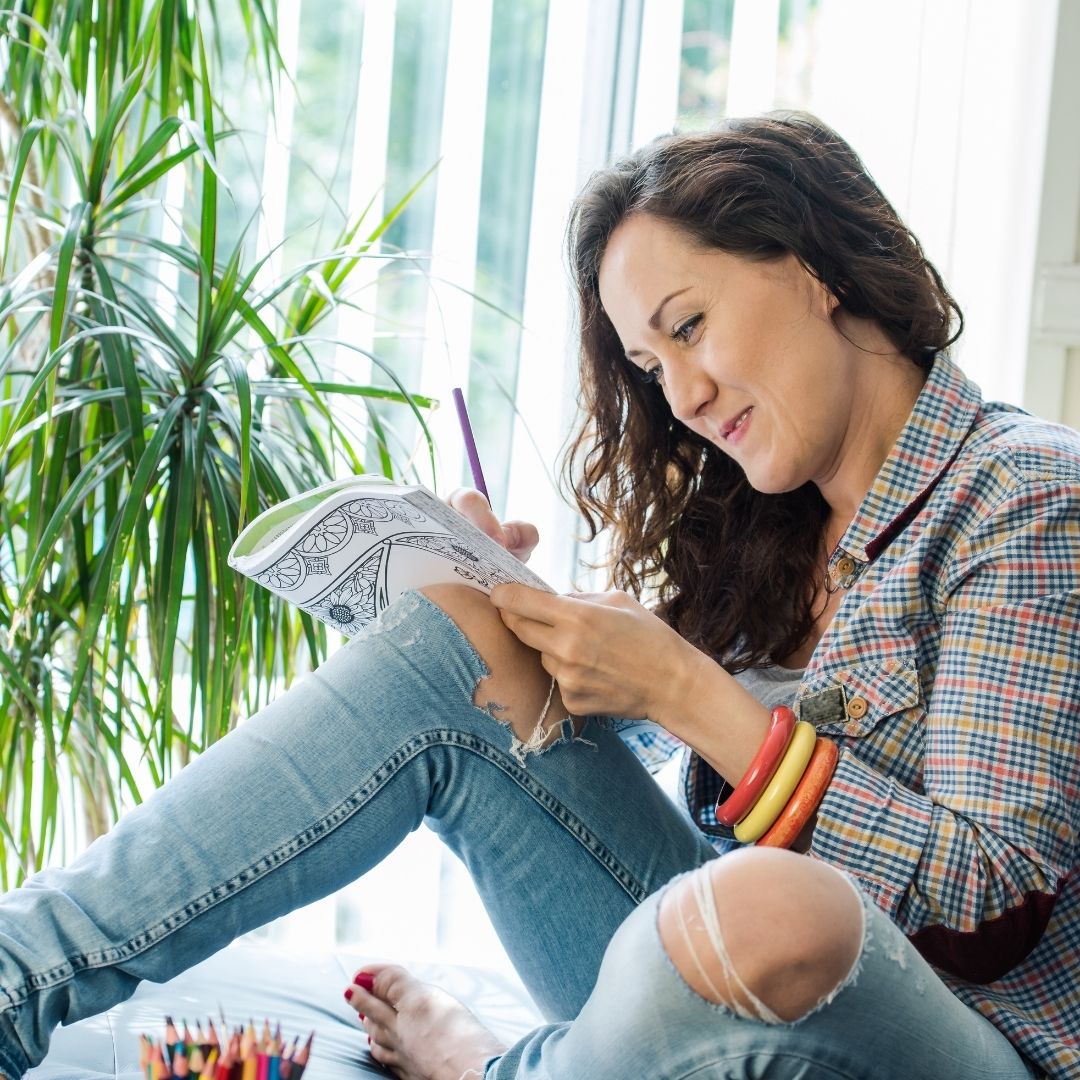What is Hatha Yoga?
Hatha yoga is a slower-paced type of yoga that focuses on breathing techniques, controlled movements, and stretching. It is the most common form of yoga practiced in the U.S., though its origins date back to India over 2,000 years ago.
It is known for boosting relaxation, crafting lean muscles, and improving flexibility — all through mindful movement. Its slow movements make it perfect for beginners, and a yoga mat is the only equipment that you need.

Brief History
Hatha yoga was brought to America by Swami Vivekananda in 1893 as a spiritual practice. In the 1920s, yogis combined asanas with other popular exercises of the day, dropping most of its religious aspects to develop a flowing style of physical yoga that placed little or no emphasis on Haṭha yoga’s spiritual goals.
Hatha Yoga Definition
The word hatha itself is composed of two Sanskrit words, “Ha” represents the sun, and “tha” represents the moon. The practice of Hatha yoga is all about balancing the two opposites that make us a whole.
The Sanskrit word for Hatha means “forceful” or “willful” thereby defined as a” forceful yoga”. So Hatha yoga would be anything you might do with the body including; poses, breathing techniques, chanting or reciting, hand gestures, cleansing techniques, and types of visualization.
The Basics
Hatha practices are designed to align and calm your body, mind, and spirit in preparation for meditation. It has gentle, slow movements that allows you to learn different breathing techniques and master them before moving onto more complex and intense yoga styles like Ashtanga, Vinyasa, or Bikram.
Hatha yoga focuses on physical and mental strength-building exercises and postures. It can help with raising a low mood, noticeably reducing anxiety and depression after a few weeks of sessions. Regular practice of yoga can also help you lower your stress levels and help you feel more relaxed.
Starting your day with yoga can help improve morning stiffness, and set a relaxed tone for the rest of your day. It helps you to become more flexible, especially in the hamstrings and spine, and can also help boost abdominal strength and improve balance.
Check out Yoga for Beginners
To learn all about the benefits of yoga and tips to get started.
The Poses
Most of the Hatha yoga movements you see are ones used in other yoga traditions. Hatha is a catchall term for yoga these days, but the difference with Hatha is that the movements connect and move as a flow – one pose to the next without breaking up the movements.
I have listed the poses below by their common name rather than their Hindu names for simplicity. I know that I will personally never be able to pronounce or remember all of them. My goal is to learn to relax and become more flexible.
Take your time to practice the poses and how your body moves from one pose to the next. As you progress, you can add more complex poses and hold the poses for an extended amount of time.
Hatha Classes
A yoga class described as ‘Hatha’ will typically start with a sun salutation then move on to a set of physical postures, or yoga poses, a centering exercise, and breathing techniques.
Most yoga classes are low energy with a quiet environment. This is ideal for someone who wants a stress free environment where they can concentrate on the yoga and forget about what is happening in the outside world. You will also have an instructor that likely moves around the room and helps you with your poses. This is a hands on class, but also a silent meditation class. It is peaceful and the flow of the class moves with the flow of the poses. Classes last between 45 minutes to 90 minutes.
The advantage of taking hatha classes in person is having an instructor there to guide you and make sure that you are doing each pose correctly. There is no need to feel intimidated, or so do every single pose. You can break poses and the sit or stand quietly until ready to resume.
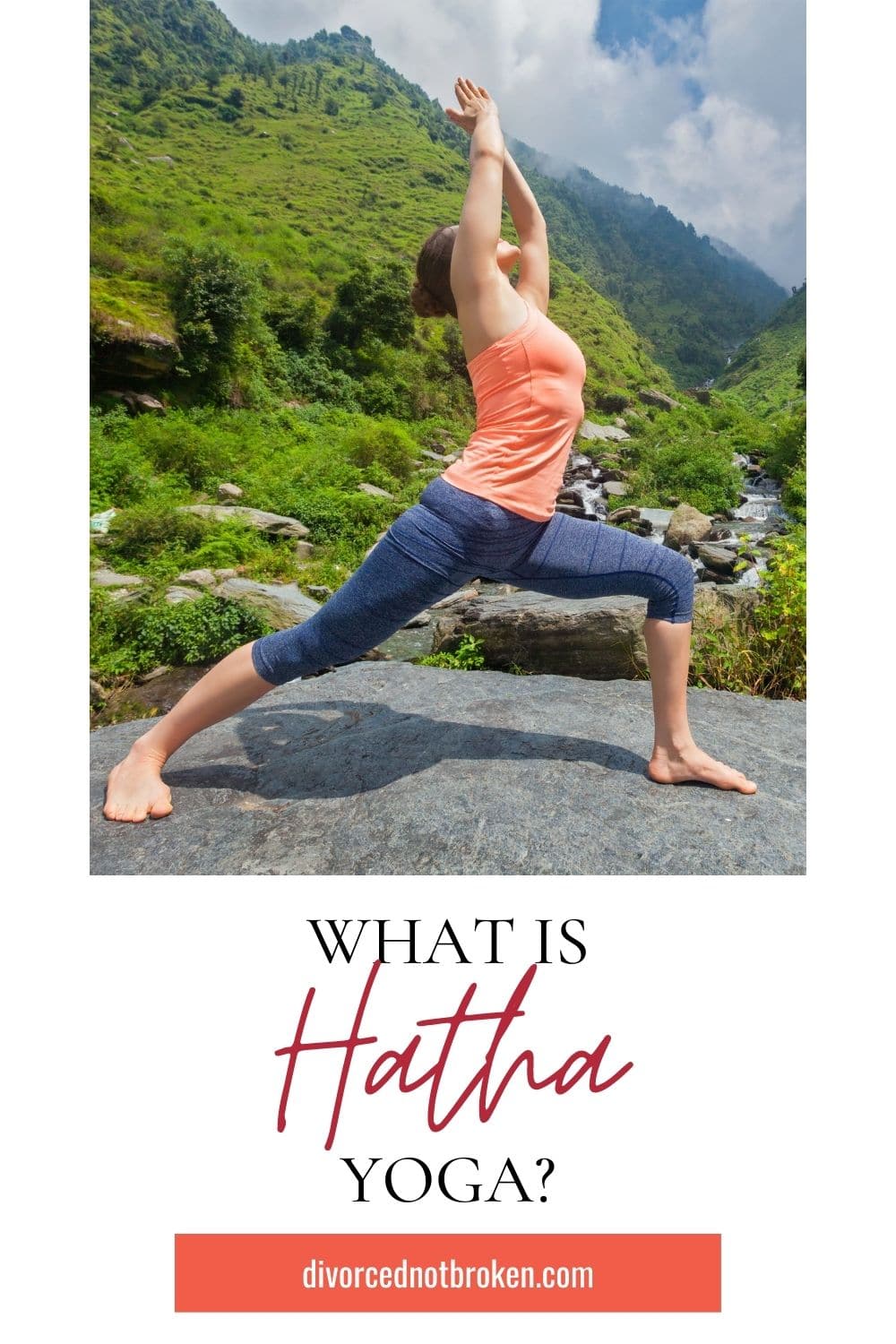
5 Hatha Yoga Poses For Beginners
When you first start out in yoga, you may find that some of the poses are not that easy for you to accomplish, like handstands. You may find that you are straining a bit or that you just aren’t able to complete the pose properly. Below are a few Hatha yoga poses that are easier for beginners to accomplish and add into your daily routine.
Standing Forward Fold
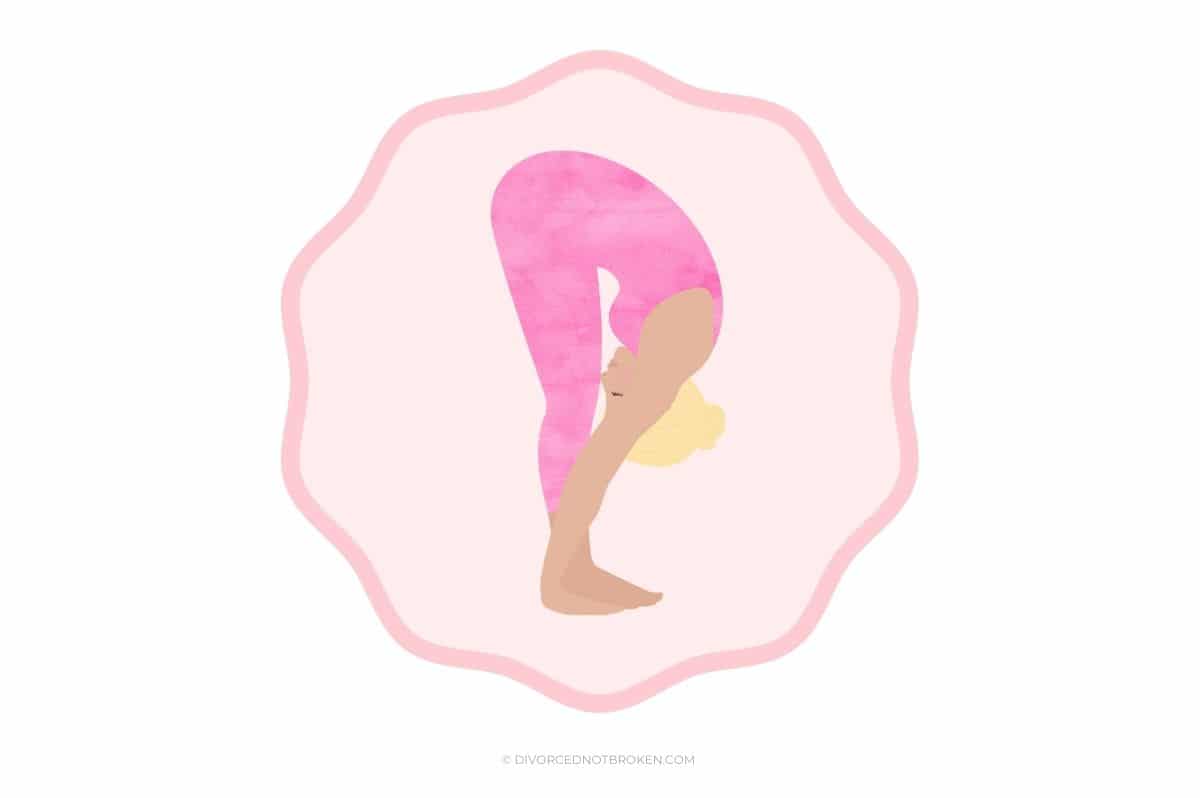
The standing forward fold/bend calms the mind while stretching and rejuvenating the whole body. You do this pose by standing with your feet flat to the ground. Take in a deep breath and bend over as you slowly exhale. You will take your fingers and place your fingertips as close the floor as possible. Your face should be touching your legs. You are bent over and as flat knees to face as you can be. The more you relax in this pose, the deeper your stretch will be.
Corpse Pose

The corpse pose may look easy, but it can be the most difficult depending on how hard it is for you to relax. Lie on your back with your hands, palm up, out at an angle to your sides. Place your feet shoulder width apart with the soles of your feet facing out. You lay in this pose and begin to breath in and out slowly.
The idea of this pose is to mentally scan and recognize the parts of your body that have stress, then work on releasing that stress and tension. Gradually relax one body part at a time, one muscle at a time, and one thought at a time. A rolled up towel or yoga accessory block can help with neck support if needed.
Wall Bend
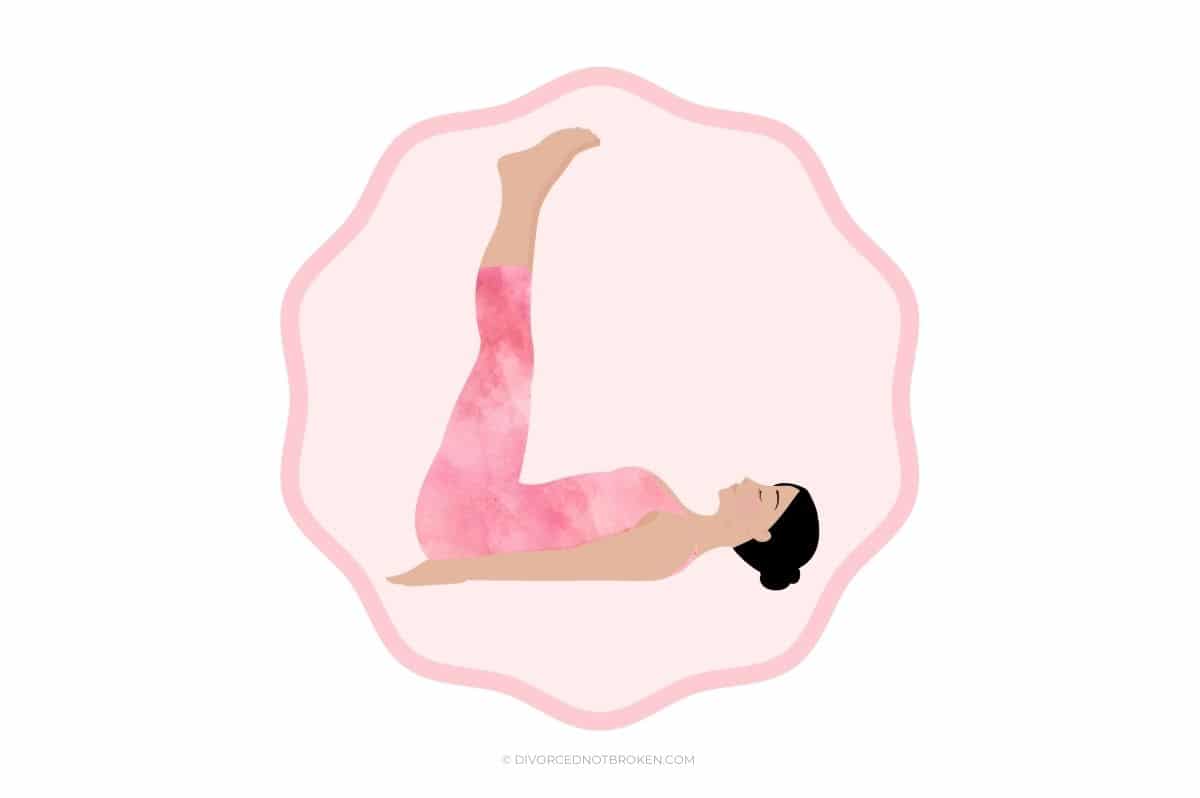
The wall bend helps to restore and revitalize tired legs. Your legs are placed against the wall as if you are sitting on the wall. This pose is ideal if you are having leg pain and if you are trying to build the flexibility in your legs. You simply lay with your legs flat and work out the muscles against the wall. It can also be a great stress reliever.
Tree Pose
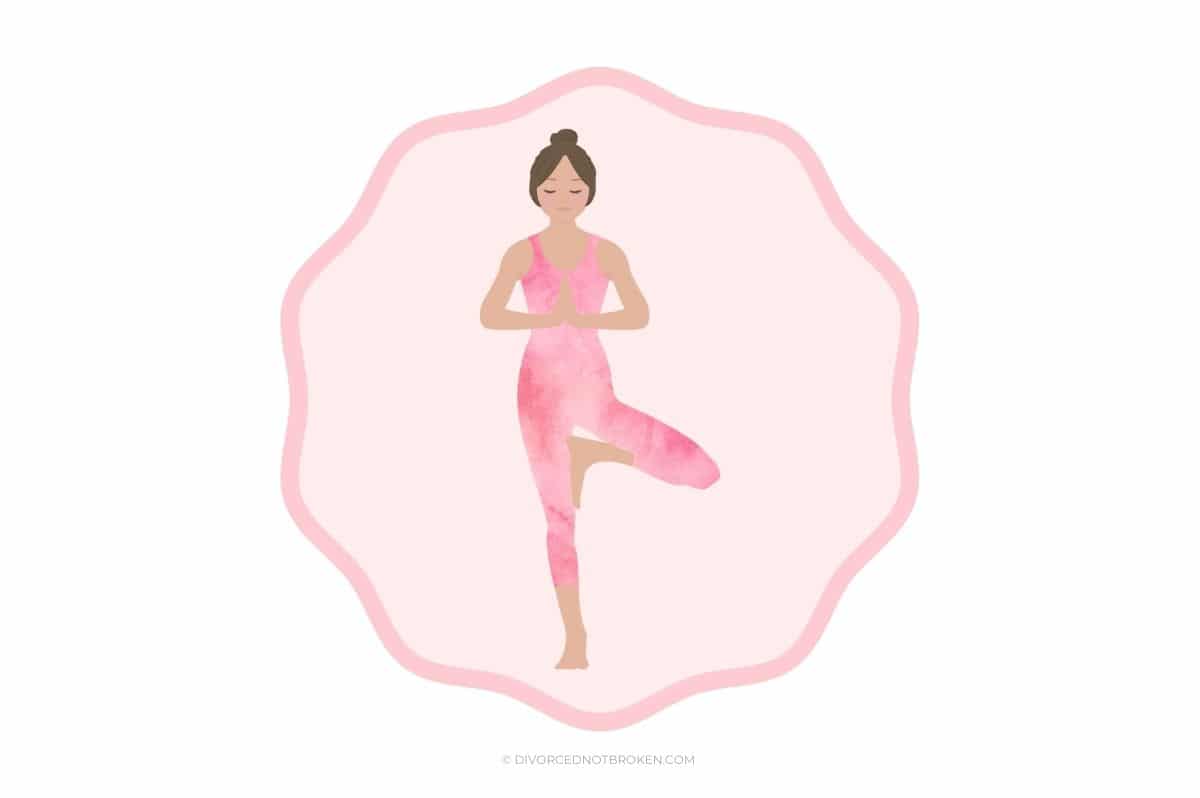
The tree pose help to improve balance. It helps to stretch the body long, from the heels to the tips of your fingers. Stand with your feet flat to the floor. Bring your hands to the praying position in front of the center of your chest. Bring one of your legs up and place your foot flat against the side of your standing knee. Gaze at something that isn’t moving to help with your balance. Gently release your left foot back to the ground, then repeat on the other leg.
Downward Dog
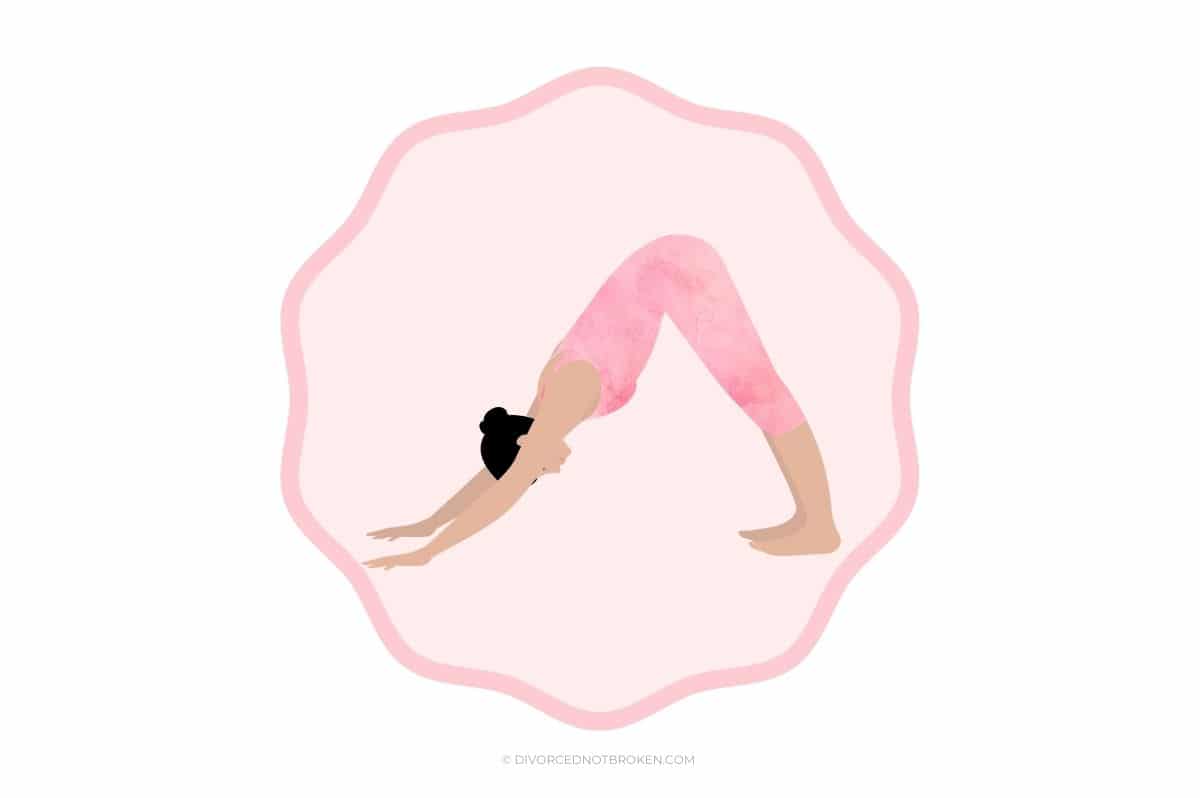
The downward facing dog helps to enhance flexibility. It calms the nervous system, decompresses the spine, tones the arms, sculpts the legs, and opens the shoulders. Stand on the front of your yoga mat, and forward bend from the hips into standing forward fold. Bend into the knees to bring the hands to the mat, and step each foot back towards the back of the mat. Press the hands and the feet equally into the mat, and draw the heels towards the ground. Draw the chest downwards towards the ground and gaze down towards the toes.
Download our FREE Beginner Yoga Flow
A basic flow to get you started using beginner poses.
There are a total of 84 yoga poses (asanas) that you can try, but by starting off with these easier poses, you can build your body strength and your flexibility in order to accomplish the more difficult poses later.
Final Thoughts
Hatha yoga is one of the most popular styles of yoga. It’s both a catchall term for many types of yoga that link together physical poses with breathing, as well as an indicator of a slower, more alignment-focused class.
Hatha is great for a wide variety of people, especially beginners, since you don’t need any prior knowledge or experience to hit the yoga mat.
Yoga can change how we feel physically, mentally and emotionally. It can enhance feelings of happiness and wellbeing, help release sadness and grieving, and encourage relaxation.
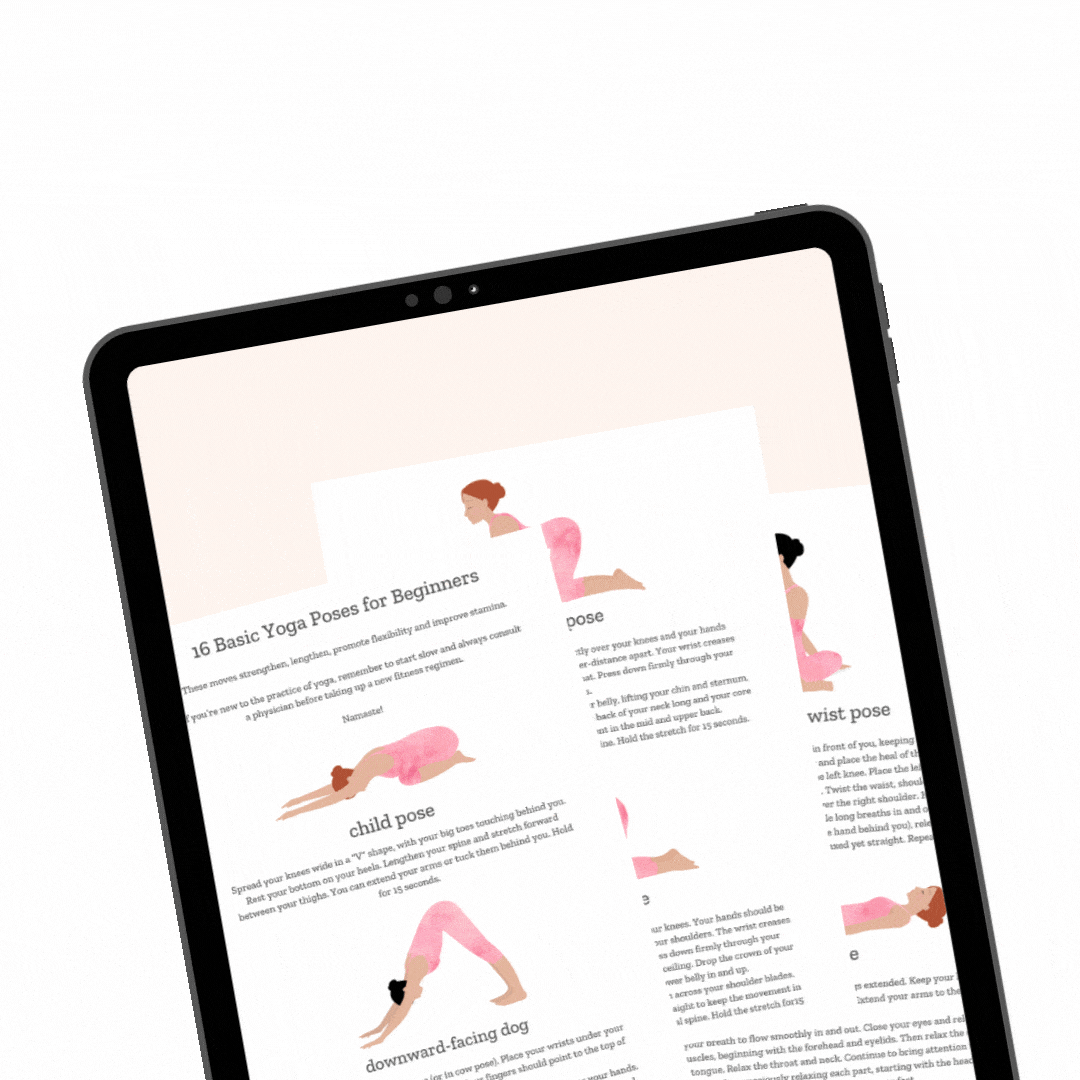
GET THIS FREE 16 YOGA POSES FOR BEGINNERS GUIDE
When you join our newsletter!
You will receive exclusive access to our VIP resources library and weekly updates!
